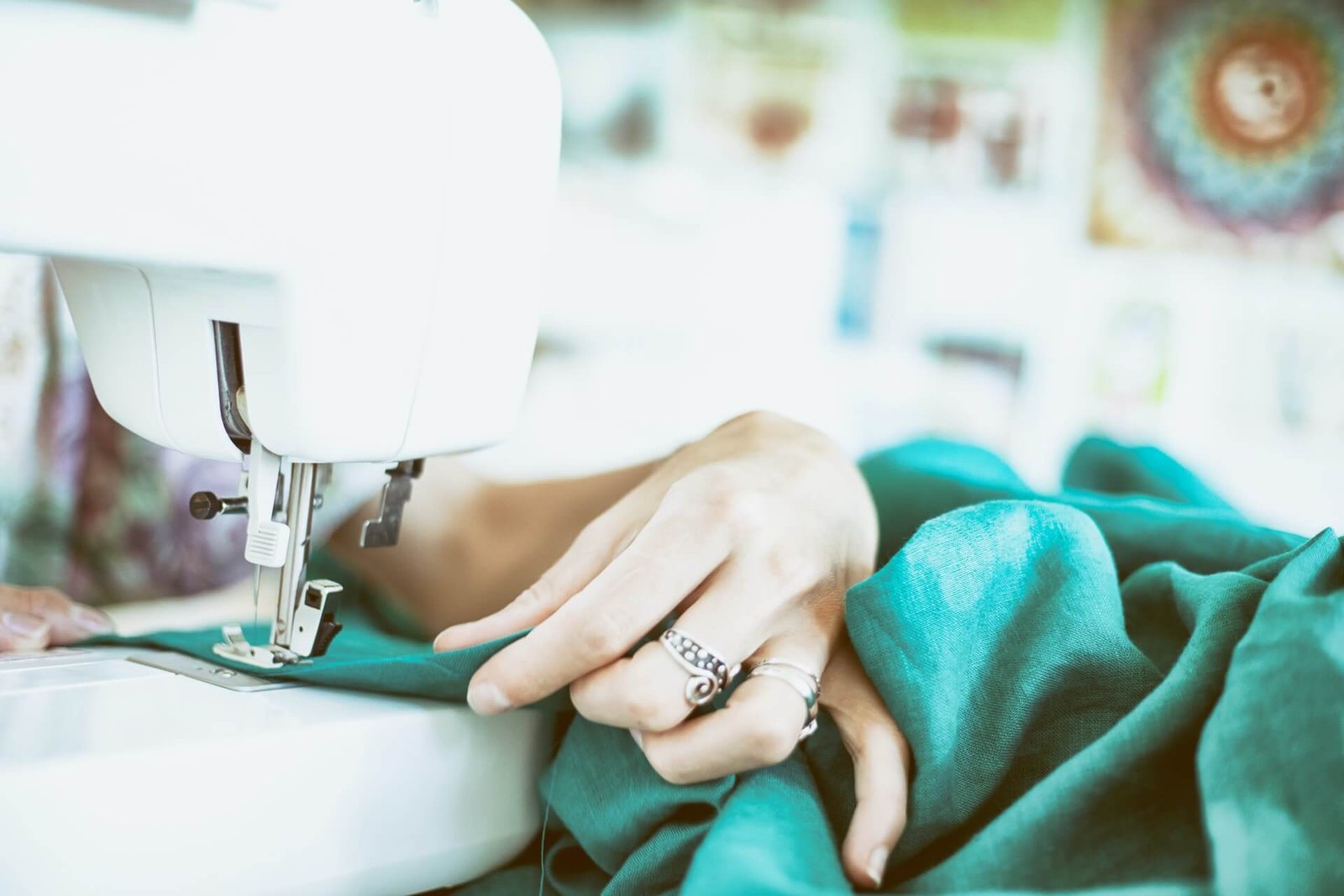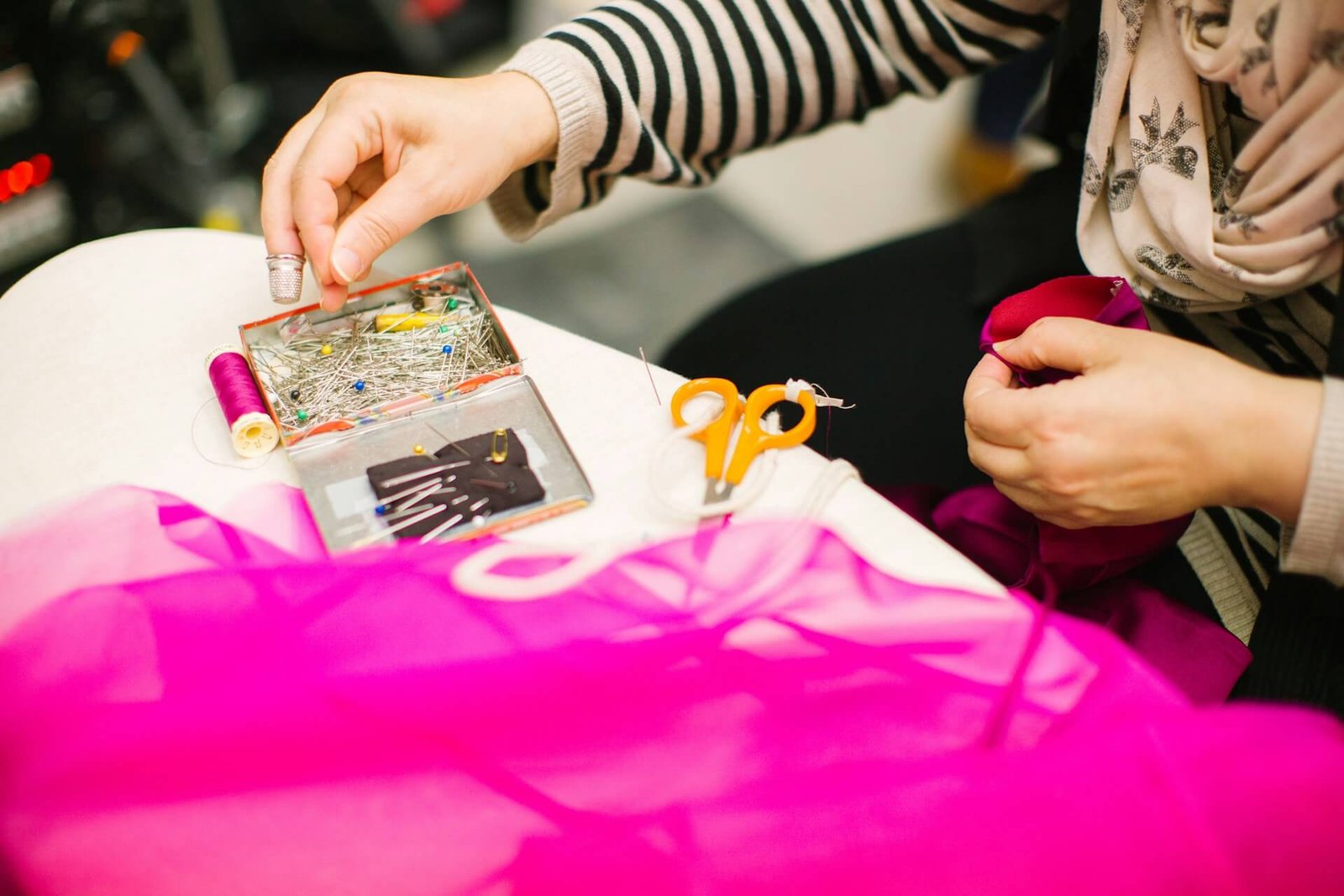The clothing line production process in an apparel factory can vary depending on the type of garment being produced, the factory’s capabilities, and the specific production schedule. However, here are some of the general steps involved in clothing line production:
- Design and Pattern Making: The first step is to create the design and patterns for the clothing. This can be done in-house by the brand’s design team or outsourced to a pattern maker. This is usually called tech packs. The tech packs and measurement charts are then used to create samples for testing and fitting.
- Yarn procurement: Depending upon the fabric requirement, different types of yarns are purchased from yarn mills.
- Fabric Production: Once the design and patterns are finalized and yarn is procured, the fabric is produced. The fabric can be purchased from textile mills or wholesalers or it can be knitted using knitting machines. The quality and cost of the fabric will depend on the brand’s requirements and price point.
- Dyeing: Dyeing is the process through the fabric is dyed in the required colours. Sometimes dyeing happens in the yarn stage (mainly for woven fabrics). For knitted fabrics dyeing usually happens after the fabric is knitted.
- Cutting: The fabric is dyed then the fabric is cut according to the patterns. The cutting process can be done manually with scissors or using a computerized cutting machine. The fabric is typically layered to ensure accuracy and efficiency.
- Sewing: The cut fabric is then sewn together to create the garment. The sewing process can be done manually or using sewing machines. There are different types of sewing machines for different types of stitches and fabrics.
- Printing and Embellishment: Once the clothing is sewed then printing and embroidery will be applied as per the requirement of the clothing brand.
- Finishing: Once the garment is sewn together, it goes through a finishing process, which includes tasks such as trimming loose threads, pressing the garment, adding buttons and zippers, and attaching labels and tags.
- Quality Control: After the finishing process, the garment goes through a quality control inspection to ensure that it meets the brand’s standards for fit, construction, and overall quality.
- Packaging and Shipping: Once the garment passes the quality control inspection, it is packaged and shipped to the brand’s warehouse or retail stores.
These are the general steps involved in clothing line production process, but the specifics can vary depending on the brand, factory, and type of garment being produced.




